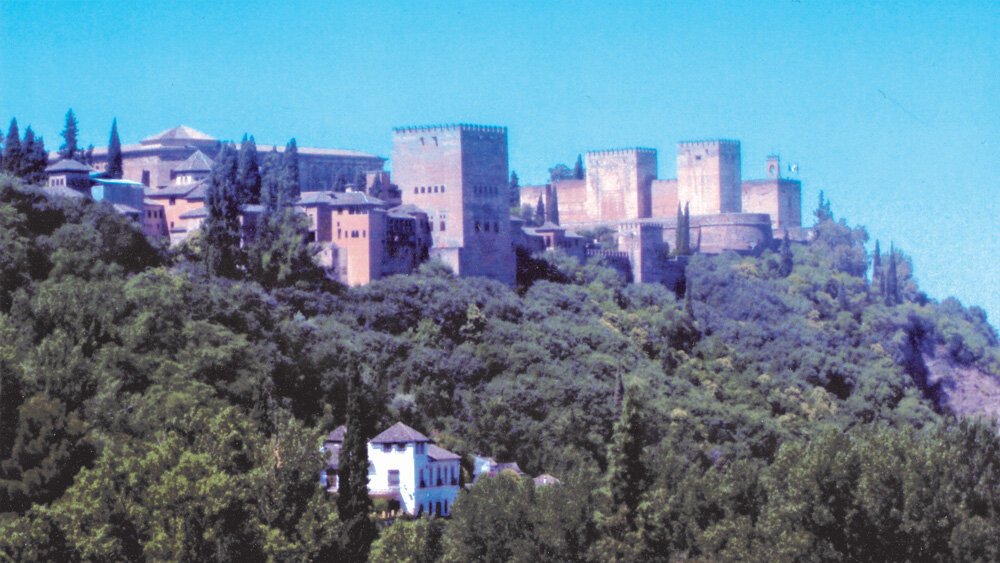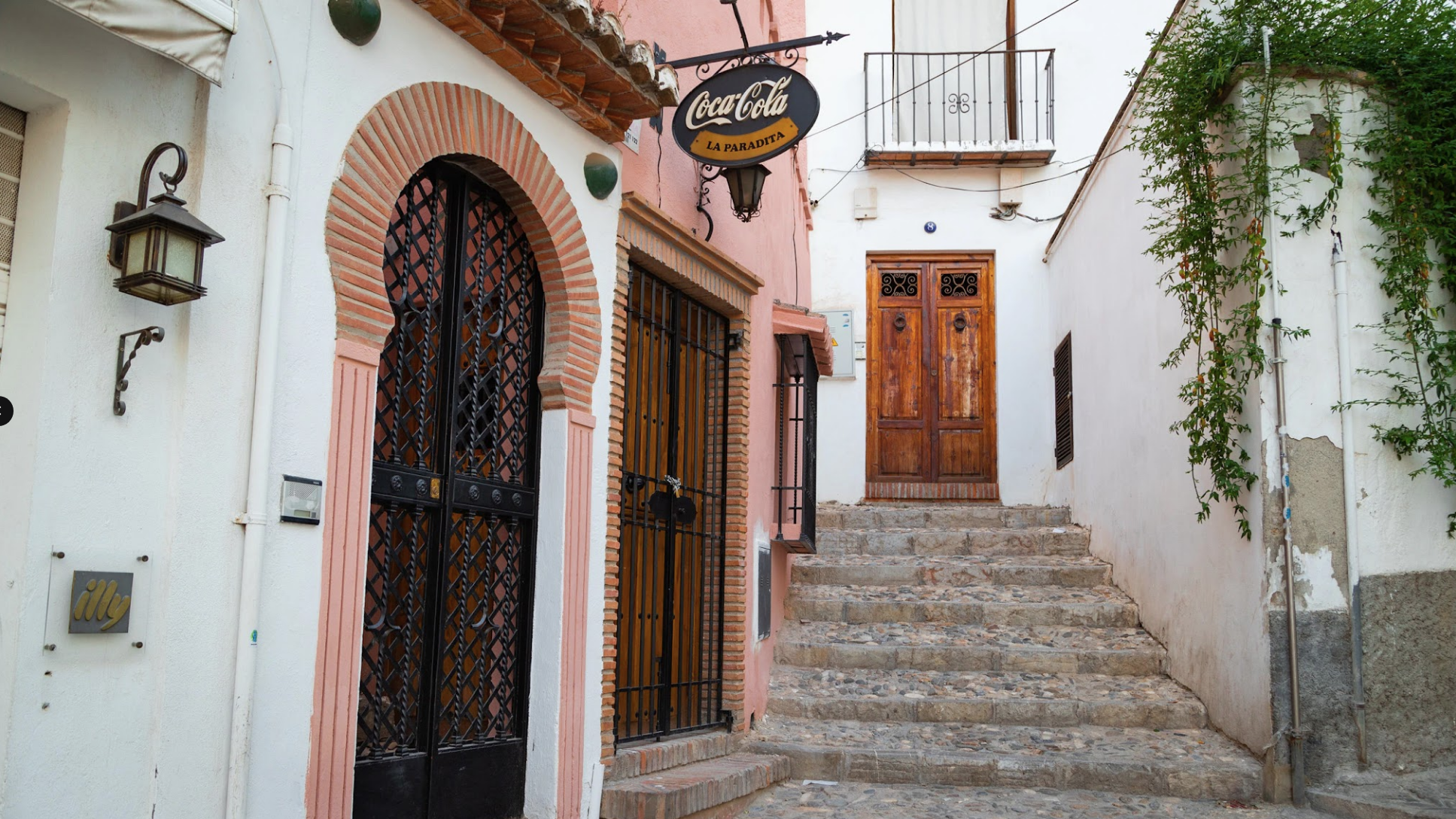Granada Highlights the Grandeur and Many Legacies of Southern Spain - Granada, Spain
For over seven hundred years, southern Spain was mostly ruled by a series of Islamic dynasties which were controlled by Moors, Berbers and Arabs from North Africa. These rulers created cities of great architecture, culture and diversity for the people of the Iberian Peninsula which they called Al-Andalus. After centuries of struggle and decline, however, the Andalusian principalities were “reconquered” by Christian armies such as one led by the respected general El-Cid who overran Valencia in the 11th century, and another army which backed the famous Catholic monarchs Isabella and Ferdinand when they conquered the Moors’ last Iberian kingdoms in 1492.
Spain as International Power
Spain emerged as an international power in the succeeding years. It’s explorers and conquistadors created a vast empire in the new world by subjugating native peoples and building a trading network that shipped gold, silver and other important commodities from the Americas to old world. The Spanish crown used these funds to create a large navy, counter the expansionist plans of rival European powers and the Ottoman Empire, and build numerous public works projects that included dozens of ornate palaces and cathedrals. One popular city to visit in southern Spain today that highlight the glories of both the Moors and the Spanish rulers of the region is Granada. The Kingdom of Granada included many surrounding cities and villages of Andalusia, and was the last principality of the Moors to fall. Granada is unfortunately not on the high-speed train route but can be reached in a two-hour drive from Malaga, or a four-hour drive from Madrid.
Tales of Granada’s Alhambra
The pinnacle achievement of the Kingdom was the Alhambra complex. The Alhambra was a palace, fortress, mosque and gardens located on a shady hill above the central city and the Darro River. It was built by the Nasrid dynasty that ruled Granada for more than 250 years starting in 1238 AD. The original Alhambra was a self-contained village for several thousand members of the royal family and their servants, and served a watchtower for the defense of the city. Most of the grand architecture of the Alhambra and the Royal Palace was built later during the 1300s during the reigns of King Yusuf and his son Muhammad V. After the catholic monarchs conquered the kingdom in 1492, the structures there were reconstructed by Emperor Charles I of Spain who also added a church and renovated parts of the Royal Palace.
The Alhambra survived an earthquake, explosion, and several conquests before falling into ruin in the early 19th century. Still inhabited by local villagers, the place was visited by culture seekers from Europe and abroad including the American writer Washington Irving. Irving lived there for a year and wrote a book called “Tales of the Alhambra” that popularized the legends and history of the site. Eventually, the Spanish government fixed up the place, and now the Alhambra is visited by about 3 million people annually, making it Spain’s most popular tourist attraction. It takes several hours to tour the site and appreciate fully the craftsmanship of the artisans who built the distinctive fountains, royal chambers, and Generalife gardens. The experience is enhanced by taking in excellent views of the city to the north and the snow-capped Sierra Nevada mountains to the east from the tower.
Cathedral and Royal Chapel
Granada has much to see besides the Alhambra. The renaissance cathedral in the center of the city and the adjoining royal chapel feature an elaborate mausoleum of Ferdinand and Isabella, and the crypts of their descendant monarchs. The black lead coffins of these renowned rulers are surrounded by ironworks and an ornate altar. Nearby lies another famous plaza with a statue commemorating Queen Isabella’s endorsement and financing of Columbus’ voyages to the Americas.
Albaicin Neighborhood and Sacramonte
The character and culture of Granada is also reflected in two neighborhoods frequented by visitors. The Albaicin neighborhood dates back to the days of the Moors, and people enjoy walking through the narrow lanes to view the old courtyards and shops. Other people like seeing the caves of the Sacramonte built into the hillside above the Darro River to the east of the city. This area once served as the quarter for the region’s large gypsy population, but now activity is limited to a few establishments providing wine, song and flamenco dancing for tour groups.
Hillside Walk
While visiting Granada, outdoor enthusiasts will enjoy walking around the historic sites and neighborhoods. However, they should also consider taking a guided walk into the hills above the Alhambra, crossing down over the Darro River passing by the ruins of a medieval monastery, and returning through Sacramonte to the city. These locations seem removed from the life of the city's 232,000 residents and take you back to the romantic settings that have so intrigued writers and conquerors for centuries.





